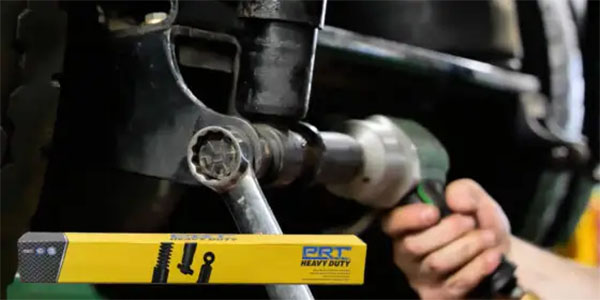CC:
Precision in an internal-combustion engine is paramount, and timing plays a pivotal role. In a four-stroke engine, the synchrony between the crankshaft and camshaft, governed by a timing chain or belt, dictates when valves open and close in harmony with piston movements. This beautiful dance is crucial not only for optimal fuel injection and exhaust gas removal – a disruption can cause serious engine failure.
Timing systems, whether using chains (commonly oil-flushed) or belts (usually dry), operate as a cohesive unit – They’re designed to work TOGETHER as a system, and they’re designed to wear at about the same rate.
If one component falters, others will likely be compromised as well. To ensure that the timing system is restored to its full functionality and to ensure your shop’s greatest efficiency, take a systems approach when recommending replacement of failed components.
If your customer needs a new timing chain, consider recommending a timing kit such as one from Schaeffler’s INA brand. These kits includes everything your technicians need to complete the repair: the correct timing chains, arms, guides, tensioners, cam sprockets and crank sprocket. All components have a rust-preventative coating, and they’re all engineered to meet or exceed OE specifications.
Timing chains are subject to high loads, especially during the break-in period. Poor lubrication can lead to early wear and elongation of the chain due to metal abrasion. To prevent premature stress and wear, Schaeffler and LIQUI-MOLY have developed a timing-chain additive that’s included in the kit. Chain Protect is applied directly to the chain and gear wheel during installation, and it’s been shown to reduce inlet wear of the new components by up to 20 percent and increase the service life of the chain drive.
The same systems approach is applicable to timing belts as well. When you’re replacing a timing belt, it’s also highly recommended that you replace related components such as the tensioner and pulleys. Replacing an individual timing component that’s defective usually only helps in the short term. Often, the real source of the problem lies with another component, but this is difficult to diagnose.
Schaeffler’s INA brand offers an extensive line of front-end accessory-drive kits that will contain the right parts for the application; a V-ribbed belt, two deflection/guide pulleys, a belt tensioner and a freewheel clutch alternator pulley, also known as an overrunning alternator pulley. In many cases, it also contains a diagram of the vehicle-specific belt routing. And as with all Schaeffler repair solutions, each component aligns with OE specifications for seamless post-repair vehicle functionality.
To address water pump and timing belt lifespan alignment, INA offers kits combining both replacements. Simultaneously changing the water pump and timing belt is advisable, particularly if the thermostat is integrated into the water pump housing. INA’s timing-belt kits with a water pump ensure a comprehensive solution.
By adopting a systematic approach and utilizing quality kits, such as those offered by Schaeffler’s INA brand, the longevity and efficiency of the timing system can be maximized, ensuring a smoother-running engine. In today’s automotive environment, timing really is everything.
For more information, visit Schaeffler.com.
Thanks for watching.













